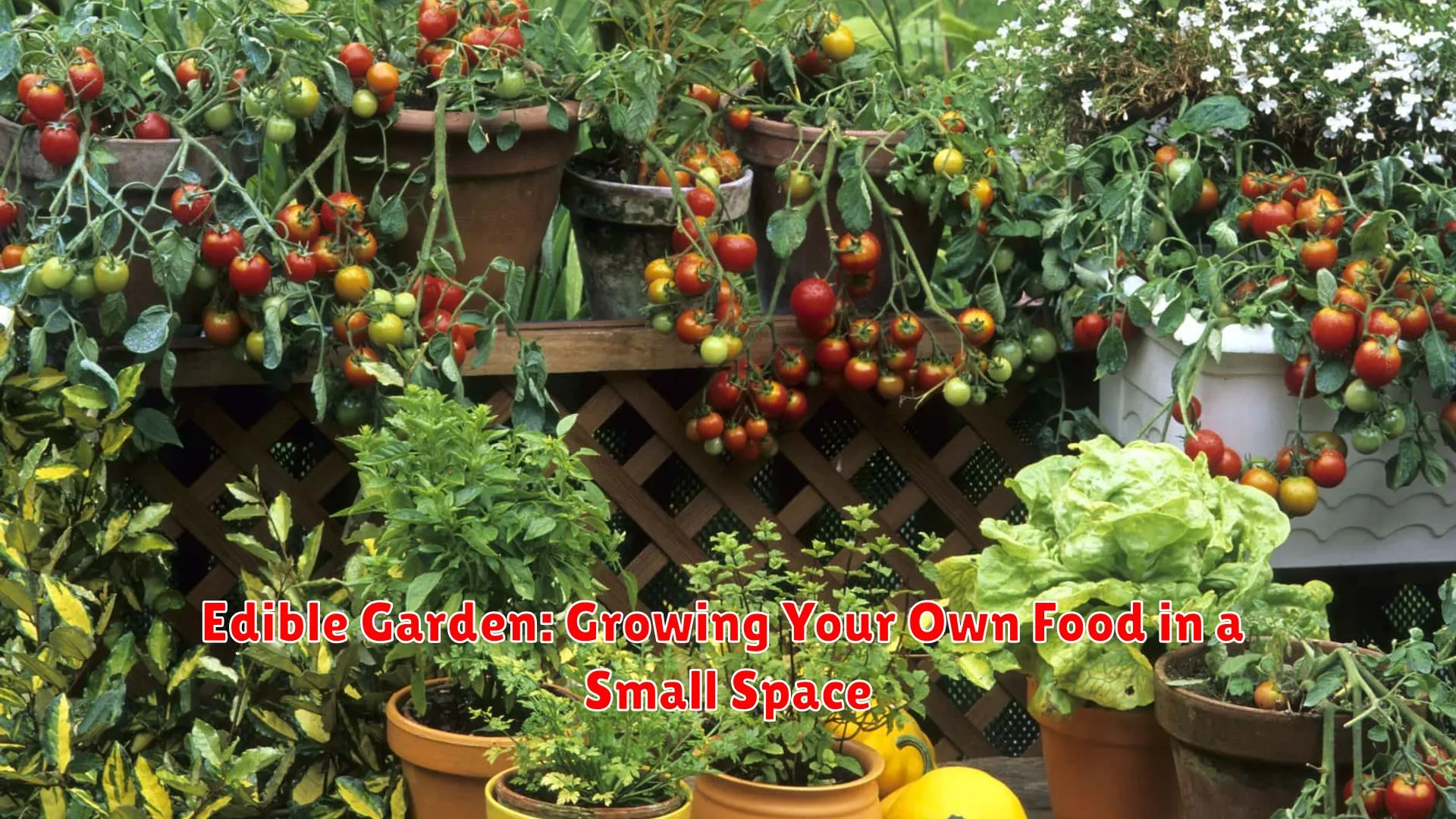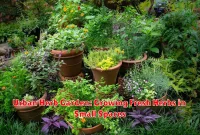Discover the joys of cultivating your own food in a limited space with an edible garden. From herbs to veggies, learn how to maximize your small area for a bountiful harvest.
Introduction to Edible Gardening

Edible gardening, also known as kitchen gardening or vegetable gardening, is the practice of growing food-producing plants in a residential setting. It is a rewarding and sustainable way to enjoy fresh, organic produce right from your own backyard or balcony. In today’s fast-paced world, more and more people are turning to edible gardening as a way to reconnect with nature, promote self-sufficiency, and embrace healthier eating habits.
Whether you have a small outdoor space, a sunny windowsill, or a community garden plot, there are numerous options for cultivating your own fruits, vegetables, herbs, and even edible flowers. With careful planning and a little bit of effort, you can create a vibrant and productive edible garden that brings both beauty and sustenance to your home.
In this article, we will explore the joys of edible gardening and provide you with tips and tricks for successfully growing your own food in a limited space. From selecting the right plants to maximizing your growing area, discover how you can embark on a delicious and fulfilling journey towards homegrown goodness.
Selecting Suitable Crops for Small Spaces
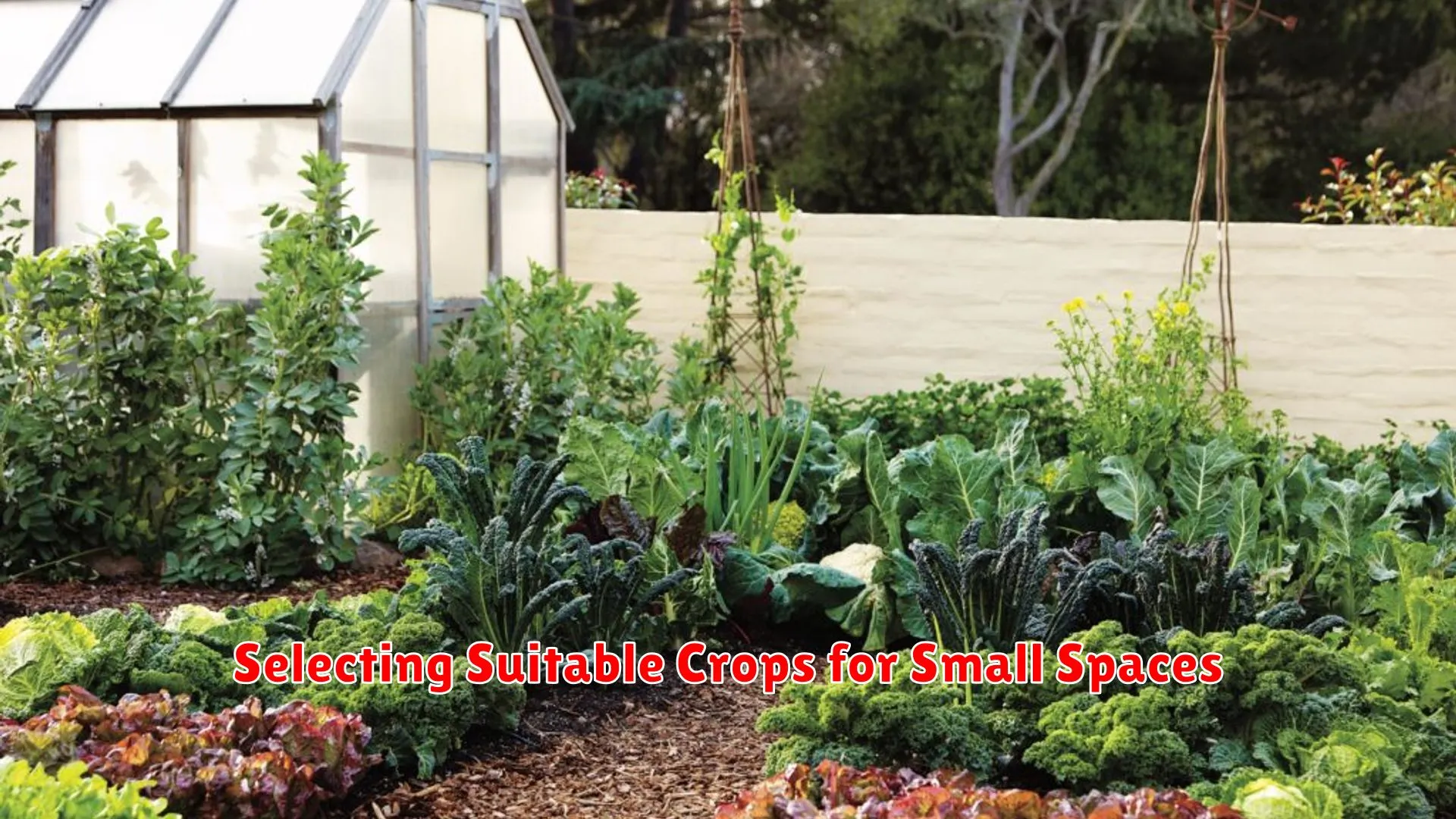
When it comes to cultivating an edible garden in a limited area, choosing the right crops is essential for maximizing your yield. With small spaces, it’s important to select crops that are well-suited for confined environments while still providing a bountiful harvest.
Consider These Factors When Selecting Crops:
- Space Requirement: Opt for crops that are compact and can be grown vertically such as cherry tomatoes, peppers, or cucumbers. These plants take up less ground space and are ideal for small gardens.
- Growth Cycle: Choose crops with shorter growth cycles to ensure a continuous harvest. Herbs like basil, cilantro, and mint are quick-growing options that can thrive in confined areas.
- Suitability for Containers: Select crops that can be grown in containers or pots, allowing flexibility in placement and movement. Plants like lettuces, radishes, and strawberries do well in containers.
Recommended Crops for Small Spaces:
- Microgreens: Nutrient-packed and quick-growing, microgreens are perfect for small spaces and provide a burst of flavor to your dishes.
- Herbs: Basil, chives, parsley, and rosemary are herbs that thrive in containers and can be easily grown indoors or on balconies.
- Salad Greens: Varieties like arugula, spinach, and lettuce are excellent choices for small gardens and can be continuously harvested for fresh salads.
- Root Vegetables: Carrots, radishes, and beets are compact root vegetables that can be grown in containers or raised beds, making them suitable for small spaces.
Planning Your Edible Garden Layout
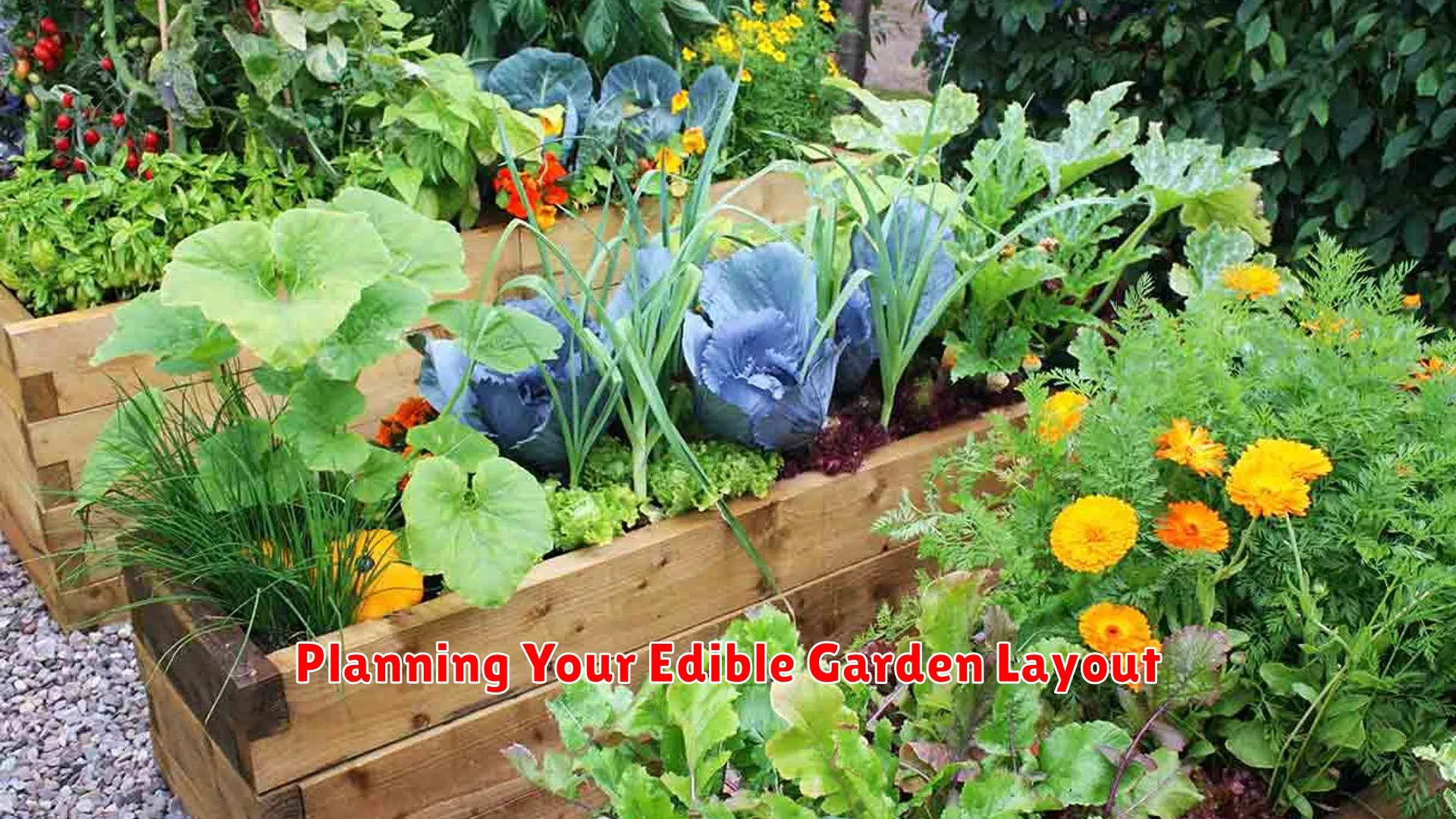
When it comes to growing your own food in a small space, careful planning of your edible garden layout is key to maximizing productivity. Here are some essential tips to help you design an efficient and bountiful edible garden:
1. Assess Your Space
Start by assessing the available space you have for your edible garden. Consider factors such as sunlight exposure, soil quality, and access to water. Choose a spot that receives at least 6-8 hours of sunlight per day for optimal plant growth.
2. Plan Your Plant Placement
Consider the growth habits of the plants you want to grow and arrange them accordingly. Place taller plants like tomatoes or corn on the north side of your garden to prevent them from shading smaller plants. Group together plants with similar water and sunlight requirements to simplify maintenance.
3. Use Vertical Space
Utilize vertical space by growing vining plants such as cucumbers, beans, or peas on trellises or fences. This not only maximizes space but also improves air circulation around the plants, reducing the risk of pests and diseases.
4. Incorporate Companion Planting
Implement companion planting to naturally enhance the growth and health of your edible garden. Companion plants, like marigolds to deter pests or basil to improve tomato flavor, can offer mutual benefits to neighboring plants.
5. Consider Seasonal Planting
Plan your garden layout to accommodate seasonal planting and crop rotation. By staggering your plantings, you can ensure a continuous harvest throughout the growing season and prevent soil depletion.
6. Create Pathways and Access Points
Design pathways and access points within your garden layout to facilitate easy maintenance and harvesting. Leave adequate space between rows for maneuvering and consider installing stepping stones or mulch to prevent soil compaction.
Container Gardening for Flexibility
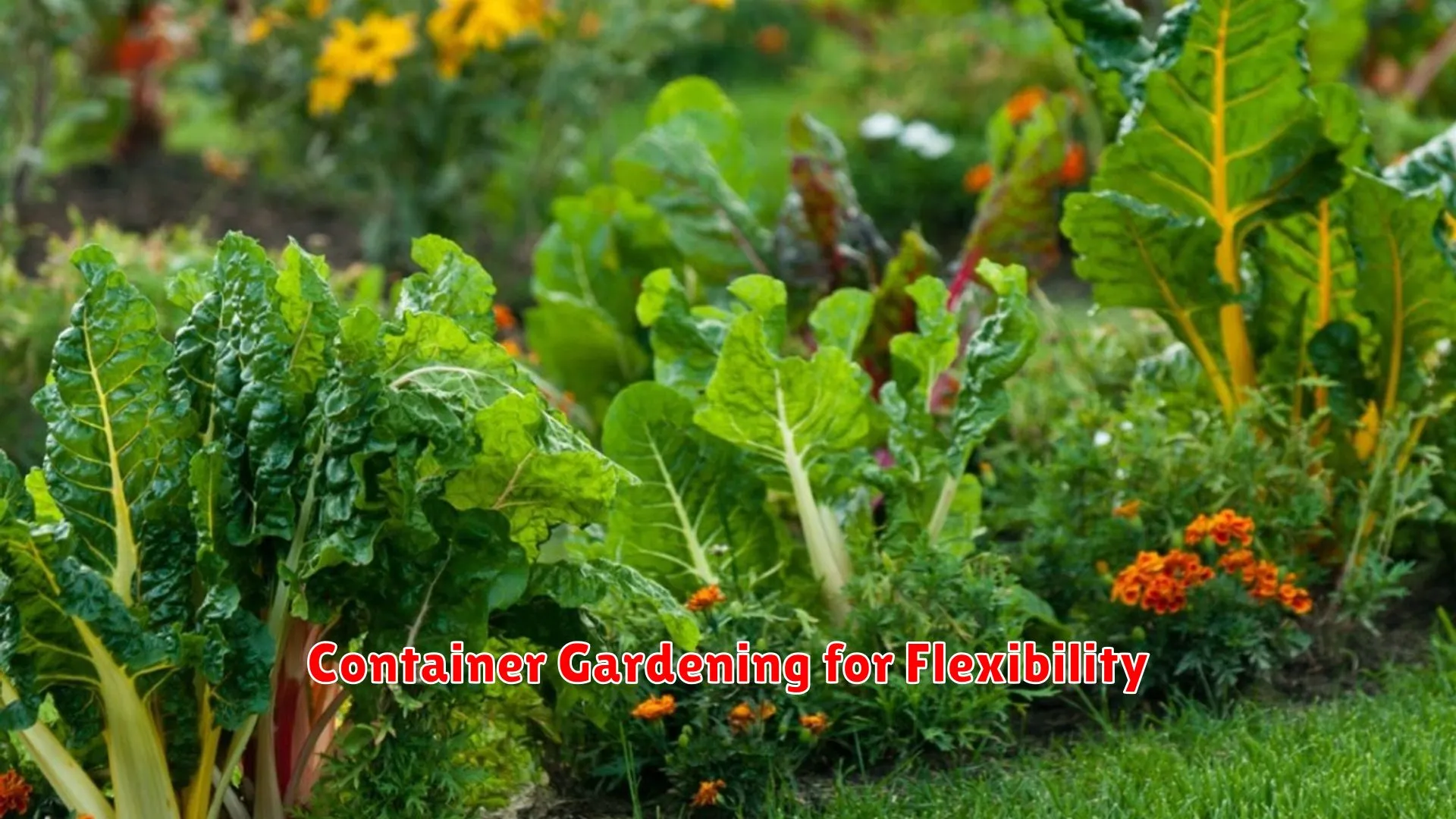
Container gardening is a versatile and practical solution for those looking to grow their own food in a small space. This method allows you to cultivate a variety of plants, herbs, and vegetables even if you only have a balcony, patio, or tiny backyard available. Here are some tips on how to make the most of container gardening for flexibility:
1. Choose the Right Containers
Opt for containers that are lightweight, durable, and have drainage holes to prevent waterlogging. Consider using different sizes and shapes to accommodate various types of plants and optimize space.
2. Select Suitable Plants
When planning your edible garden, choose plants that thrive in containers and are well-suited to your microclimate. Herbs like basil, mint, and parsley, along with tomatoes, peppers, and lettuce, are excellent choices for container gardening.
3. Utilize Vertical Space
Maximize your space by incorporating vertical elements such as trellises, hanging baskets, or wall-mounted planters. This not only adds visual interest but also expands your planting area.
4. Ensure Proper Care and Maintenance
Regular watering, fertilizing, and monitoring for pests are essential for the success of your container garden. Be mindful of the specific needs of each plant and provide adequate care to promote healthy growth.
By embracing container gardening, you can enjoy the flexibility of growing your own food regardless of space constraints. With a bit of creativity and effort, you can create a bountiful and thriving edible garden right at your doorstep.
Tips for Soil and Water Management
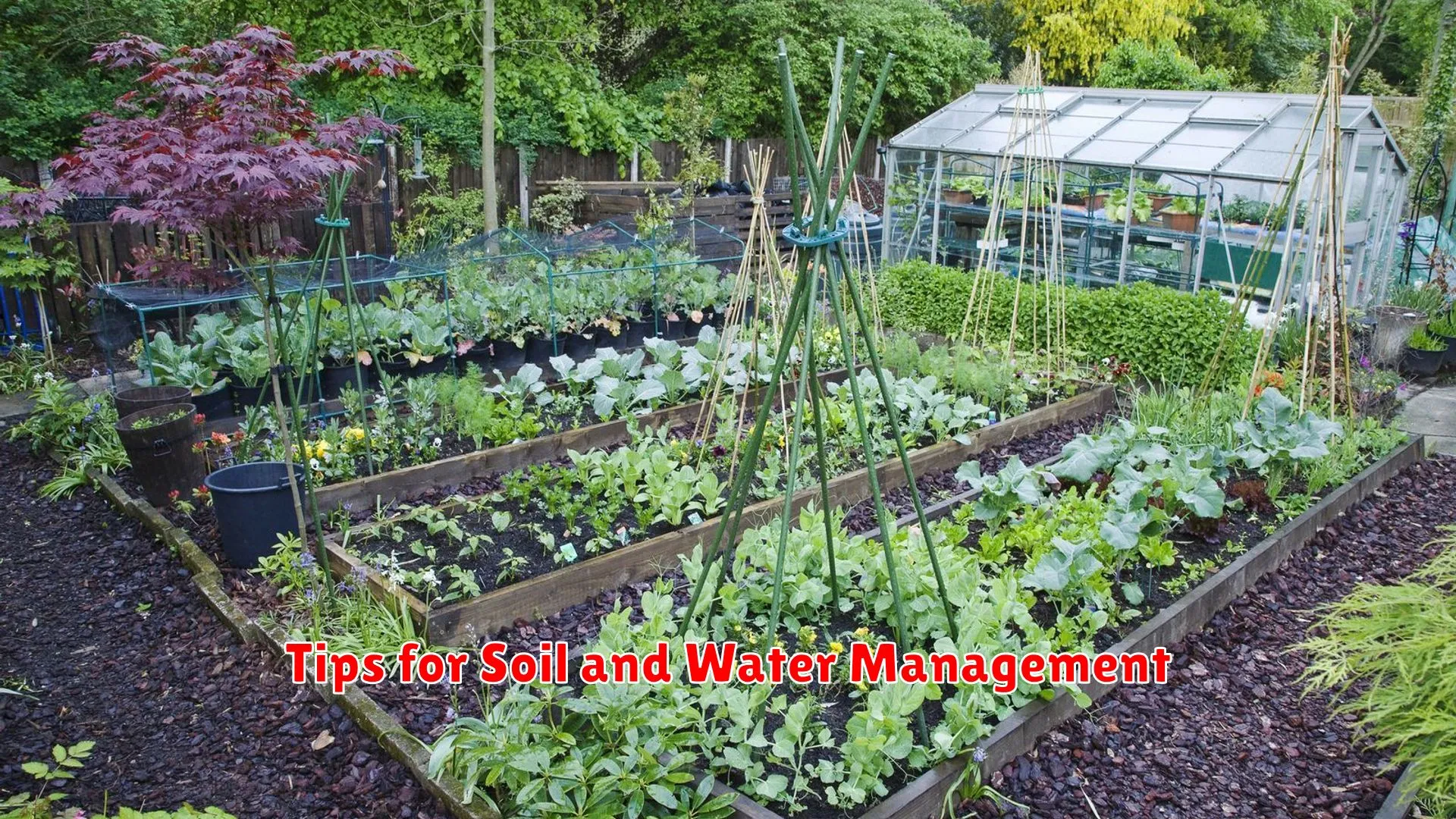
When it comes to cultivating an edible garden in a small space, proper soil and water management play crucial roles in ensuring the success of your crops. Here are some essential tips to maximize the productivity of your small food garden:
1. Choose the Right Soil:
Use high-quality organic soil that is rich in nutrients for planting your edible garden. Consider a well-draining soil mix to prevent waterlogging and root rot.
2. Add Compost:
Regularly incorporate compost into the soil to improve its fertility and structure. Compost helps to retain moisture and provides essential nutrients for plant growth.
3. Mulch the Soil:
Applying a layer of mulch around your plants helps in retaining soil moisture, suppressing weeds, and maintaining a stable soil temperature. Organic mulches like straw or shredded leaves are beneficial.
4. Water Wisely:
Provide consistent watering to your edible garden, especially during dry periods. Water deeply but infrequently to promote deep root growth. Consider using a drip irrigation system to deliver water directly to the plant roots.
5. Monitor Soil Moisture:
Regularly check the moisture level of the soil to avoid overwatering or underwatering your plants. Invest in a moisture meter to accurately assess the soil’s hydration status.
6. Consider Container Gardening:
If space is limited, opt for container gardening using pots or raised beds. Containers offer better control over soil quality and drainage, making them ideal for small-space gardening.
Harvesting and Enjoying Your Produce
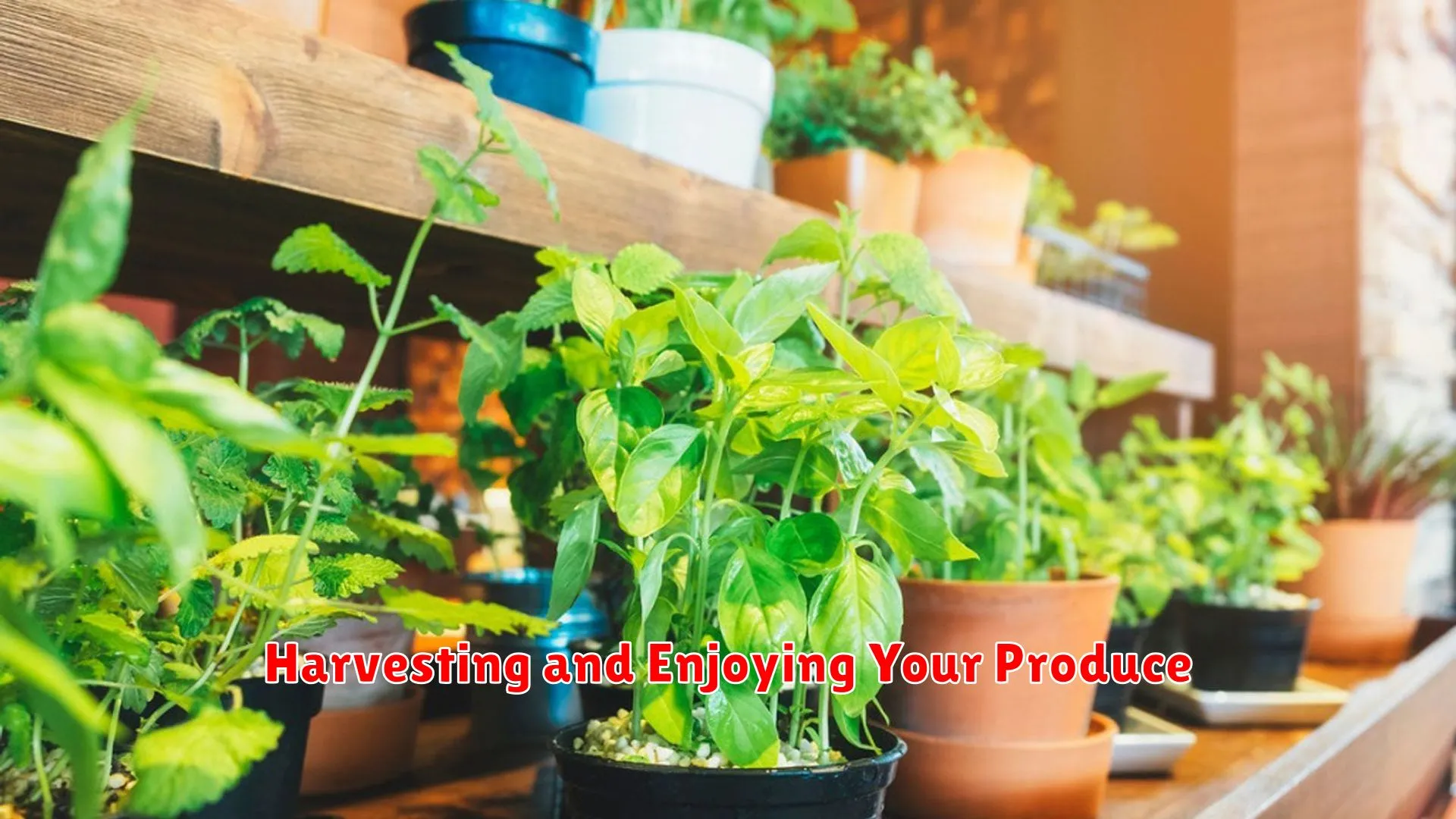
Once your edible garden has flourished and produced bountiful crops in your small space, it’s time to reap the rewards and savor the fruits of your labor. Harvesting and enjoying your fresh produce is a satisfying experience that connects you with the food you’ve nurtured from seed to table.
Timing is Key
Harvesting your crops at the right time ensures they are at their peak flavor and nutritional value. Each plant has its own cues for readiness, whether it’s the color change of tomatoes, the firmness of cucumbers, or the size of zucchinis. Check gardening guides or seed packets for specific harvesting instructions.
Harvesting Techniques
Use proper tools such as scissors, shears, or garden knives to harvest your produce without damaging the plants. Harvest leafy greens by cutting at the base of the outer leaves, pick fruits and vegetables gently to avoid bruising, and handle delicate herbs with care to preserve their flavor.
The Pleasure of Homegrown Flavor
There’s a unique satisfaction in preparing meals with ingredients you’ve grown yourself. From crisp salads with freshly picked lettuce to aromatic dishes infused with herbs from your garden, the flavors of homegrown produce elevate your culinary creations.
Sharing the Bounty
One of the joys of having a small edible garden is sharing your abundance with friends and neighbors. Bring a basket of ripe tomatoes, a bundle of fragrant herbs, or a jar of homemade preserves to share the harvest love and spread the joy of homegrown goodness.
Conclusion
Creating an edible garden in a limited space is achievable and rewarding. By utilizing vertical gardening, containers, and choosing compact varieties, anyone can enjoy the benefits of growing their own fresh, organic food at home.

